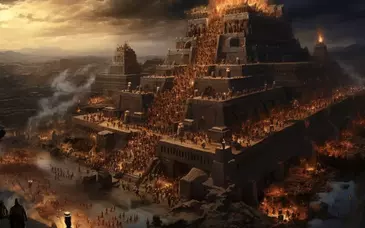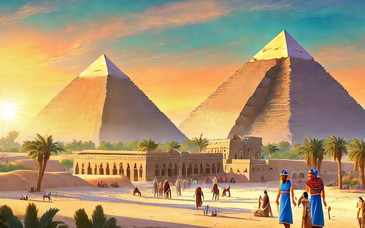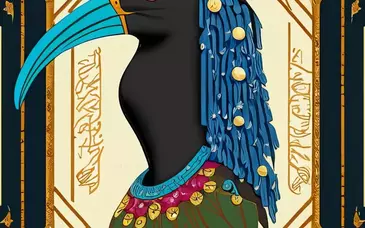Nestled in the heart of Saqqara, the Step Pyramid of Djoser stands as an architectural marvel and a testament to the ingenuity of ancient Egyptian craftsmanship. Join us as we journey through time to unravel the significance, design, and cultural resonance of this iconic structure, which marked a pivotal moment in the evolution of pyramid construction.
1. Birth of the Pyramid Age: Commissioned by Pharaoh Djoser and designed by the visionary architect Imhotep, the Step Pyramid marked a revolutionary departure from traditional mastaba tombs. Completed during the 27th century BCE, it heralded the beginning of Egypt's Pyramid Age.
2. Architectural Ingenuity: The Step Pyramid, standing approximately 204 feet tall, is a six-tiered structure with a distinctive stepped appearance. Its design mimics the stacking of several mastabas, reflecting a gradual ascent towards the heavens. Imhotep's innovative use of stone as the primary construction material set a precedent for future pyramid builders.
3. Complex Surroundings: The Step Pyramid is part of the larger Saqqara complex, which includes a mortuary temple, a causeway, and an expansive courtyard. The surrounding structures serve as a ceremonial and functional ensemble, emphasizing the pyramid's role in the afterlife journey of Pharaoh Djoser.
4. Symbolism and Religious Significance: In ancient Egyptian belief, pyramids served as elaborate tombs to ensure a smooth transition to the afterlife for the pharaohs. The Step Pyramid's unique design is thought to symbolize the pharaoh's ascent to the heavens, reflecting religious concepts of rebirth and eternal life.
5. Restoration and Conservation: Over the centuries, the Step Pyramid faced challenges from natural elements and human activity. Ongoing restoration efforts, led by archaeological teams and preservation experts, aim to safeguard this ancient treasure, allowing visitors to witness its grandeur and learn about Egypt's rich history.
6. Cultural Impact: The Step Pyramid of Djoser has left an indelible mark on the cultural heritage of Egypt. Its innovative design influenced subsequent pyramid construction, including the iconic Pyramids of Giza. The pyramid complex's significance extends beyond its architectural prowess, embodying the spiritual and cultural essence of ancient Egyptian society.
7. Archaeological Insights: Archaeological excavations around the Step Pyramid continue to yield valuable insights into ancient Egyptian rituals, burial practices, and the societal structure during the Pyramid Age. These discoveries contribute to our understanding of the complexities of Egyptian civilization.
The Step Pyramid of Djoser, with its towering presence and innovative design, remains a symbol of ancient Egypt's architectural brilliance and spiritual beliefs. As we stand in awe of its stepped silhouette, we are transported to a bygone era where each stone placed by skilled hands spoke of a civilization's quest for immortality and its profound connection to the divine.


